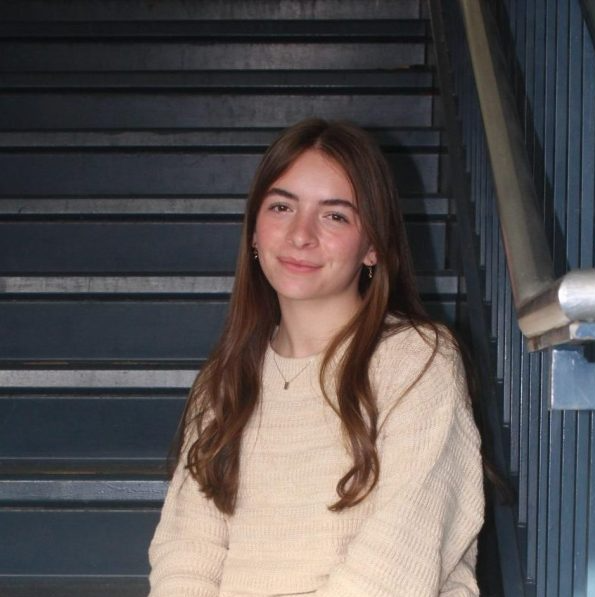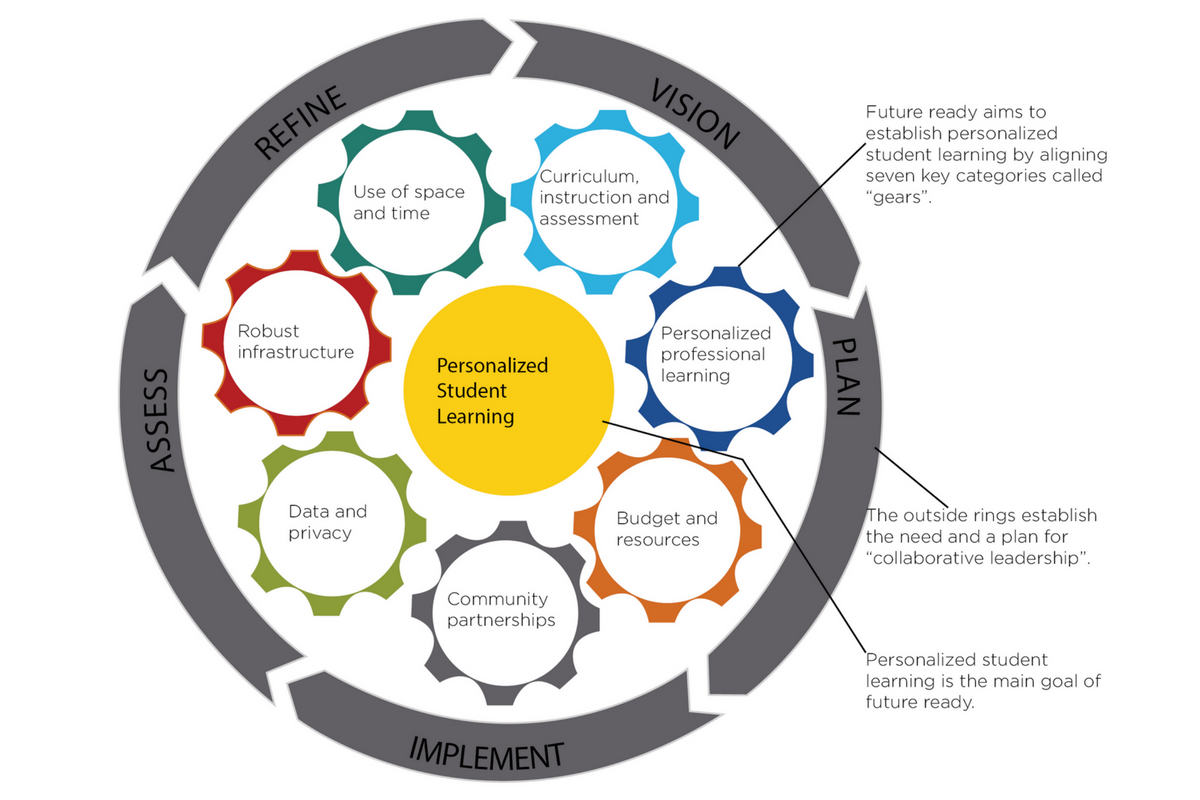Story by Vivica Heidenreich | Infographic Michael Croy
Lakota Local Schools has begun learning about Thomas Murray’s national organization, Future Ready Schools (FRS), and will continue to do so while reading his professional novel, Learning Transformed, this summer.
Both Murray’s novel and the organization discuss a new, re-envisioned education system that will benefit the students of this generation, rather than the older, more traditional system.
“In helping to understand where our kids are going,” Murray said, “We have to understand the changing world of work. When you look at the traditional education system as a whole, you have to look at the things that worked, and those that need to drastically change.”
According to the FRS website, the system provides districts with resources and support to ensure that each school has the technology and trained teachers that will allow students to have personalized learning experiences – something the Lakota district is planning to do through its one-to-one program, as well as FRS, next year.
Lakota is not the only district that has taken the pledge to join this nonprofit organization. Over 19 million students from districts nationwide have been experiencing the change caused by these pledges, and the number is only growing.
“It’s encouraging any time you can get a large number of people working together towards common goals,” Murray said. “And Superintendent Miller is one of those 3,200 superintendents nationwide that have taken a stand to say ‘we believe in this kind of work.’”
During a meeting that took place on Apr. 24 this year at Liberty Center, individuals from the Lakota district were able to listen to Murray’s thought process and the general procedure for FRS.
“He is a phenomenal speaker,” Lakota East Principal Suzanna Davis said, “In the room [on April 24], he really worked through the gears that are a part of the framework, and got people to start to think about things in a different way with a different mindset.”
These “gears” consist of the five districts and school leader stands: instructional coaches, librarians, principals, technology leaders, and district leaders. Each specific branch of the has its own pathways to follow so that FRS system will work at its fullest potential.
Each strand has the same general goals, however, to achieve that personalized student learning. This includes concepts like collaborative leadership, community partnerships, and the use of space and time.
“It’s very student-centered teaching that they’re looking at, and very personalized learning,” junior Iman Sennoun, who was selected as one of five students to attend the FRS meeting, said. “It’s really encouraging teachers to connect with students and implement new, innovative styles to the classroom. They’re very passionate about it.”
However, in all of the excitement of new shifts in the education system, this innovation takes time to be applied.
“Change is a process, and I think we’re at the beginning of that process,” Davis said. “Yes, the structure is very traditional right now, but we’re beginning to change, and there are already pockets of greatness that are happening now; we’re continuing to evolve.”







































































































